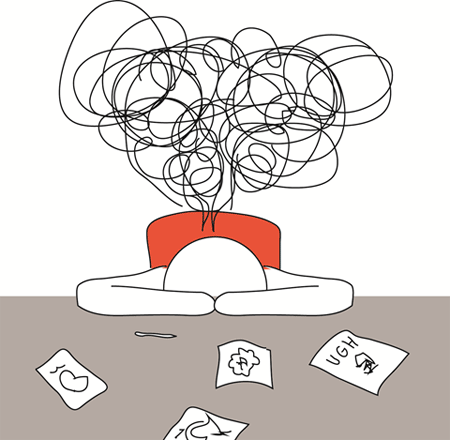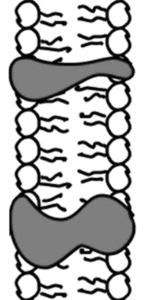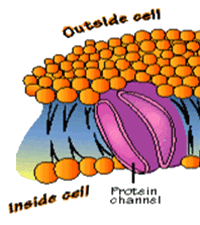I’ve just finished reading the latest book by a physician/author who has answered the call to help patients (and the general public) de-stress in an overstressed world. Dr. Aviva Romm, MD provides “a proven 4-week program to rescue your metabolism, hormones, mind, and mood” in The Adrenal Thyroid Revolution.
The opening chapters introduce the reader to case studies of folks enmeshed in “survival overdrive symptoms” (S.O.S.) – fatigued, running on empty, foggy, groggy, hormonally imbalanced, achy, and frustrated. These conditions occur when the body has been overloaded chronically by stress, poor diet, lack of sleep, toxicity, and stealth viral infections. In Part I, Dr. Romm dives into root causes while giving her readers a basic primer in our biological systems and how they work. She also provides questionnaires to help readers discern which factors might contribute to their S.O.S.
Part II provides the 5 R’s of Dr. Romm’s 4-week plan to lead readers toward vibrant health. Here’s a brief summary:
REBOOT begins with saying YES to healthy foods and NO to a host of others. Adherents completely eliminate all artificial ingredients, poor quality oils and fats, sugar, refined carbohydrates, gluten and cross-reactive grains (e.g., barley, corn, millet, oats, rye, wheat), and dairy products. They also avoid common food triggers (e.g., nightshade vegetables, nuts, soy, yeasted products), alcohol, caffeine, and any personally known allergen. What’s left? Meat, poultry, fish, beans, legumes, whole grains (e.g., brown rice, quinoa, buckwheat), energy vegetables (e.g., beets, parsnips, sweet potatoes, winter squashes), leafy greens, rainbow vegetables, fruits, fermented foods, herbs and spices, and healthy oils and fats. She offers recipes and a day-by-day eating plan to get readers started.
REFRAME encourages readers to give themselves permission to pause. Several behavioral patterns need to get put on the shelf – i.e., perfectionism, stress addiction, approval addiction, worry, Fear Of Missing Out (a.k.a., FOMO), and scarcity thinking. Practical strategies for creating new thought patterns include:
- Stay present. Don’t expend needless energy regretting the past or worrying about the future.
- Be your own best friend. Don’t let negative thoughts take root. Let them pass by like dark clouds. Replace them with positive ones. Count your blessings and your good deeds.
- Quit “should-ing.” Quit comparing. Find ways to translate your “I have to…” statements into “I get to…”
- Tend and befriend. Be there for others and reach out to them when you need support.
- Take breaks proactively. You can: Find a space to relax in solitude. Take quick meditation breaks. Do yoga. Soak in Epson salt and lavender. Journal. Get some fresh air. Play.
- Get at least 7-8 hours of restorative sleep every night.
REPAIR focuses on gut health to make sure it can properly absorb nutrients, regulate our immune systems, and support detoxification. Start by eliminating (or minimizing) gut-disrupting medications – i.e., antibiotics, NSAIDs (e.g., ibuprofen, Aleve, Motrin), proton pump inhibitors used for acid reflux, and Tylenol. Adjust the diet to get rid of overgrowth of bad bacteria. (I’ve used The Body Ecology Diet by Donna Gates.) Take digestive enzymes to aid digestion and high quality probiotics to populate the gut with good bacteria.
RECHARGE takes aim at nourishing the overtaxed adrenal glands and thyroids through adaptogens that restore the weakened hypothalamic-pituitary-adrenal (HPA) axis. They help calm inflammation, regulate immunity, enhance memory, boost energy, and restore health and vitality.
The REPLENISH phase allows for reintroduction of foods that were temporarily eliminated provided that they do not cause an adverse reaction. The plan entails testing one food every three days by adding in a couple of servings on a given day. If there are no reactions, that food can remain in the diet.
I find books like The Adrenal Thyroid Revolution helpful in that they provide a good overview of the body’s systems, how they can go awry, and what we can do about it. I choose to work through these paths under the auspices of a trained naturopath and leverage the benefit of her expertise and watchful eye on my progress. But if one lacks access to this resource, Dr. Romm’s book is worth a careful and considered read.










